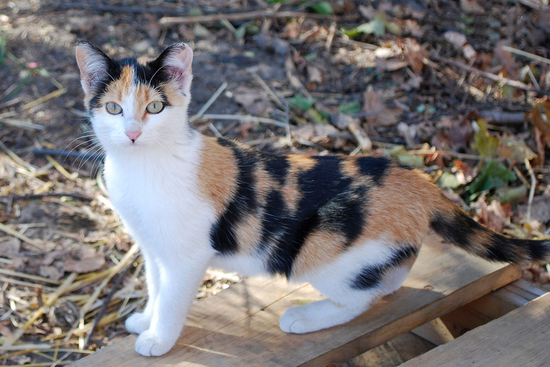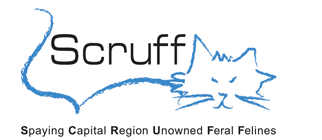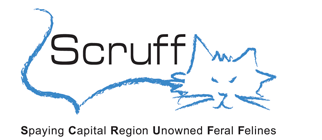About TNVR
Trap-Neuter-Vaccinate-Return (TNVR) is a humane strategy for reducing the number of feral and stray “community cats” and improving the quality of life for cats, wildlife, and people. TNVR involves humanely trapping community cats, and spaying females or neutering males, then vaccinating them against rabies and distemper, and surgically removing the tip of the left ear (a “tipped” ear is the universally-recognized symbol of a cat who has been spayed or neutered). Finally, TNVR includes returning the cats to their community location where the caretaker continues to provide food, water, and shelter. TNVR prevents new litters from being born and stabilizes the size of the colony.
How does TNVR solve common complaints associated with feral cats?
When feral cats are trapped, spayed or neutered, vaccinated, and returned to their local territory, they no longer reproduce. The cessation of sexual activity eliminates the actions and yowling often associated with mating behavior and dramatically reduces the fighting. Sterilized feral cats also roam much less and become less visible and less prone to injury from cars. Foul odors are greatly reduced as well, as neutered male cats no longer produce testosterone which, when they are unaltered, mixes with their urine and causes the strong, pungent smell of their spraying. When a sterilized colony is carefully monitored by a caretaker, any newly arriving cat is promptly trapped (TNVR), and as such, the population stabilizes and gradually declines over time.
Won’t removing community cats from an area eliminate the problems they cause?
There are many reasons cat problems are rarely solved by trapping and removing a colony. Community cats live at a certain location because it offers food and shelter. If a colony is removed, cats from surrounding colonies may move in to take advantage of the newly available food and shelter. This process is referred to as the “vacuum effect.” The cycle of reproduction and nuisance behavior begins all over again. If all cats in a colony are not trapped, the ones left behind will tend to have larger surviving litters of kittens. These kittens are more likely to survive because there are fewer cats competing for food.
What can I do to help community cats?
If you want to know how you can help stray and feral cats, please think about becoming a SCRUFF volunteer. See our Volunteer page for different ways you can help support TNVR efforts in our communities.
If you are interested in learning more about TNVR or becoming a cat caretaker, contact SCRUFF to learn more. If you have been letting your cats outside, make them safe, happy cats who only go out when supervised, on a harness and leash, or in a safe enclosure. If you know people who let their cats outside, explain to them why it’s safer to keep cats inside. If you would like specific details about your community’s ordinances, please visit your city or county website and look for information about municipal codes. You can also request a copy of animal control ordinances from the city or county clerk.
(Excerpted from humanesociety.org)
Help Build Community Cat Shelters
In colder months, please be sure your community cat or colony has adequate shelter. The following are cat shelter options for outdoor cats:
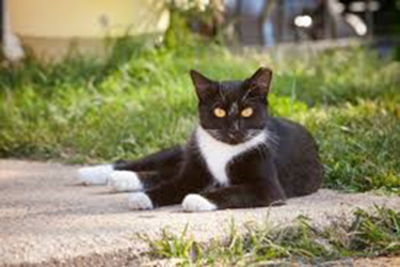
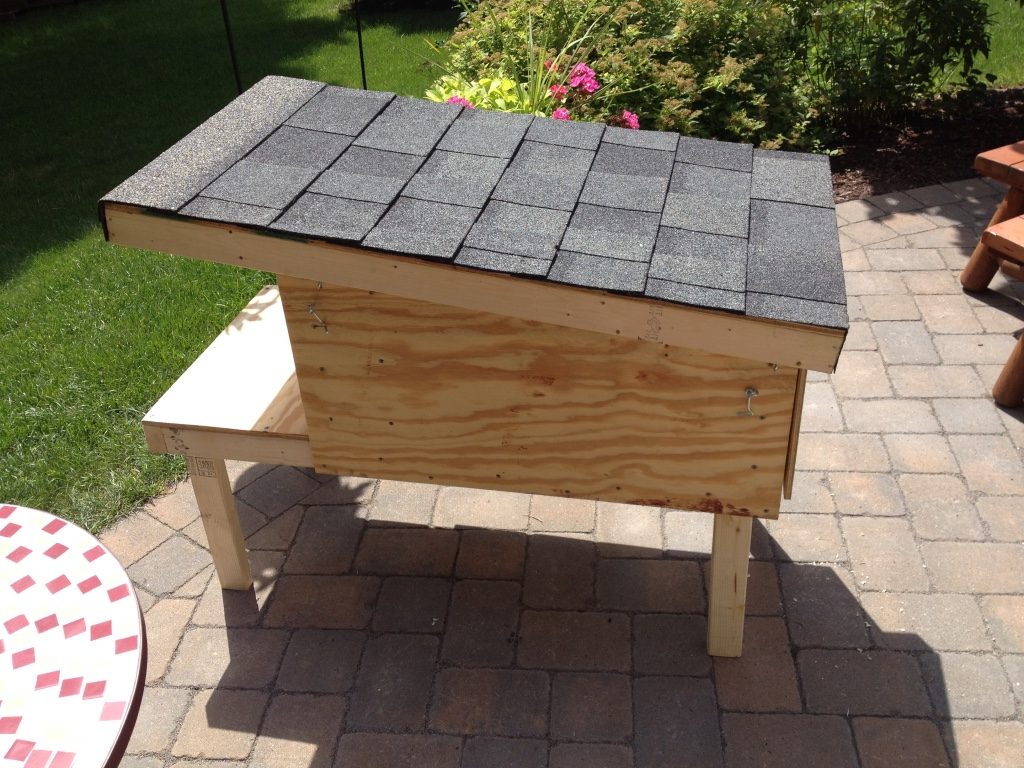
Benefits of Spay/Neuter
Benefits of Spaying (females):
- Prevents unnecessary litters being born, thereby reducing the overpopulation of kittens and cats
- No heat cycles, therefore males will not be attracted
- Less desire to roam
- Helps cats live longer, healthier lives
- Risk of mammary gland tumors, ovarian and/or uterine cancer is reduced or eliminated, especially if done before the first heat cycle
Benefits of Neutering (males):
- Prevents unnecessary litters being born, thereby reducing the overpopulation of kittens and cats
- Reduces or eliminates risk of spraying and marking
- Less desire to roam, therefore less likely to be injured in fights or auto accidents
- Decreases aggressive behavior, including cat bites
- Helps cats live longer, healthier lives
- Risk of testicular cancer is reduced or eliminated, and decreases incidence of prostate disease
Top 3 Reasons to Spay and Neuter
- Helps to reduce companion animal overpopulation. The surplus of cats is in the millions in the United States. Cats are 45 times as prolific as humans. They do not need our help to expand their numbers; they need our help to reduce their numbers until there are good homes for them all.
- Sterilization of your cat will increase his/her chance of a longer and healthier life. Altering your feline friend will increase his/her life an average of 3 to 5 years. Altered animals have a very low to no risk of mammary gland tumors/cancer, prostate cancer, perianal tumors, pyometra and uterine, ovarian and testicular cancers.
- Sterilizing your cat makes him/her a better pet, reducing his/her urge to roam and decreasing the risk of contracting diseases or getting hurt as they roam. Intact male cats living outside have been shown to live on average less than two years. Feline Immunodeficiency Syndrome (FIV) and Feline leukemia virus (FeLV) are spread by bites and intact cats fight a great deal more than altered cats.
Additional Benefits
Your community will also benefit. By spaying and neutering your feline pet, you end the chances of him/her mating with an abandoned, community cat.
(Excerpted from spayusa.org)
Other Helpful Resources
